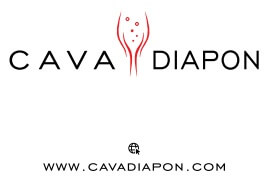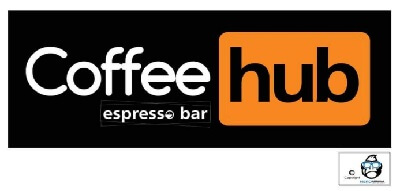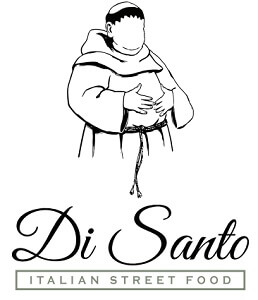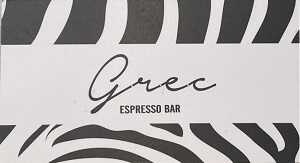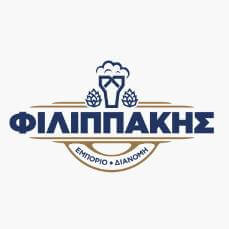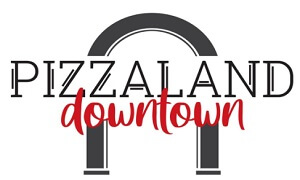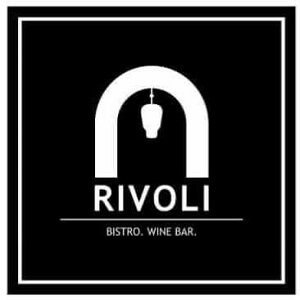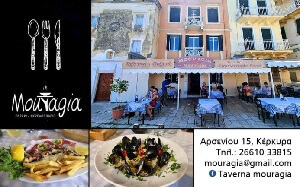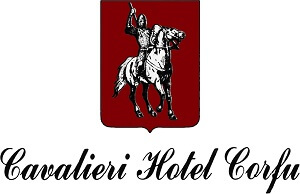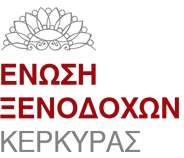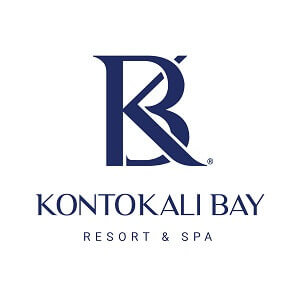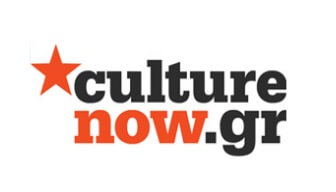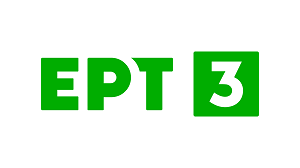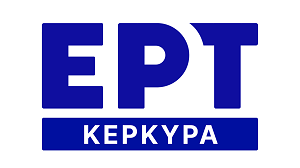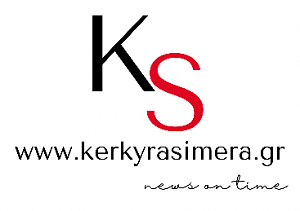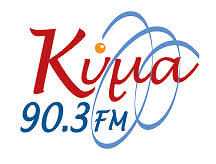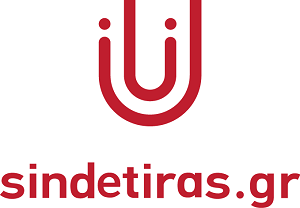In this work we present various issues that arise when 3D modeling is used for cultural representation. We discuss the optimisation of the digitization process and the wide array of possible uses of the produced models, including the development of 3D assets for use within metaverse applications and virtual environments including holographic displays, their use as real-life objects through 3D printing, and the cultural preservation and restoration aspects. In addition, videogrammetry is proposed as an optimized version of photogrammetry, via the use of programmable drone plans, a process that presents various advantages.
Summary
The use of videogrammetry today offers a wide range of advantages discussed within this paper and can produce high-quality captures that can be later be used for multiple purposes. We present the videogrammetry process for large and small scale captures. This includes the introduction of automated flight paths when using drones that simplify and can automate the capturing process for large scale areas such as archaeological sites and open spaces. Then the modeling optimization process is presented, the difficulties that arise and the solutions that can be applied. Finally, the integration of the 3D objects into virtual environments and as holograms is presented as a process, while their 3D printed reconstruction is also discussed that enables the application of innovative uses and applications in the fields of entertainment, learning and tourism. More specifically, we propose a methodology where 3D learning activities can be implemented, souvenirs and wearable cosmetics can be produced using sustainable methods, 3D printing and recycled materials.
Objectives
The objectives of the work are summarized below and will be elaborated in the final document and presentation.
The paper begins by discussing the need for cultural representation using 3D modeling methods. The technical aspects of the process are presented next, focusing on the optimization of the generic photogrammetry process applied widely today, using videogrammetry. The advantages of this approach are shown through real-life examples where a 14-minute aerial video is sufficient to create a fully-featured 3D model of a specific point of cultural interest using only 3 frames per second. Simply by storing the original video one may reconstruct the model at any time, and if further sampling is required, then a further extraction can be performed effortlessly. We also discuss the specific lighting and weather condition settings that can aid the modeling process.
The next objective focuses on use-case scenarios of the produced models. Integration of 3D models as digital assets into virtual or augmented environments is important for the process. Games, virtual worlds, mixed-reality or augmented reality application domains are ideal environments that can be benefitted by the use of digitized assets. Although in general, model optimization needs to be performed in order to use them efficiently, the evolution in game-engine technology allows their direct inclusion, a development that is highly desirable and shortens further the workflow process.
The third objective focuses on the creation of digital-to-analog representations of edited models, and the development of products, experiences and sustainable processes.
Method
The method used to describe the processes combines literature review and the discussion of practical research methods. We present how the two already-established processes for 3D modeling can be combined in order to cover different developmental requirements that arise later in the process:
a) by using multiple photographs and combining them through software (aka: photogrammetry/videogrammetry) the result is a photorealistic 3D model of the object made by a computer, that can form a solid and accurate basis of representation. Alternative modeling methods include the combination of the above approach with LiDAR sensors which enhance the representation performance, as the combination of image and topologic information enables the minimization of visual errors.
b) the photogrammetry/videogrammetry model can then be used to “fit” the original architectural files/photos of a building enabling Augmented/Virtual scenarios to be implemented.
c) the photogrammetry/videogrammetry model can be simplified in order to enable 3D printing and other digital to analog features to be added such as the development of wearable souvenirs, educational 3D puzzles and game items.
Conclusion
We are confident that modeling of monuments of historical importance can be used and be useful in numerous scenarios that extend at the complete range of representation technologies and methods. Hence the optimisation processes described here can drastically optimize the developmental workflow.
Back
SPONSORS
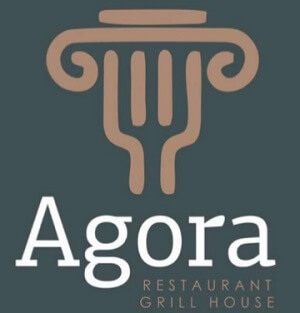 Agora Restaurant Grill House
Agora Restaurant Grill House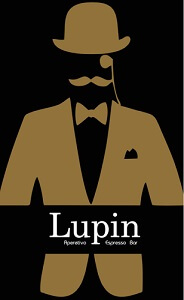 Lupin Aperitivo Espresso Bar
Lupin Aperitivo Espresso Bar


